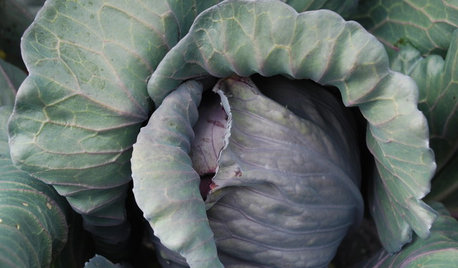Why is my lawn already turning brown?
macgawd
14 years ago
Featured Answer
Comments (20)
bpgreen
14 years agolast modified: 9 years agoRelated Professionals
Allentown Landscape Architects & Landscape Designers · Ballwin Landscape Architects & Landscape Designers · Garden City Landscape Architects & Landscape Designers · Saint Louis Park Landscape Architects & Landscape Designers · Allentown Landscape Contractors · Fort Payne Landscape Contractors · Indianapolis Landscape Contractors · Kaneohe Landscape Contractors · Oviedo Landscape Contractors · Pleasant Grove Landscape Contractors · Pompano Beach Landscape Contractors · Setauket-East Setauket Landscape Contractors · Irvington Landscape Contractors · Fallbrook Swimming Pool Builders · Roseville Swimming Pool Buildersorganicnoob
14 years agolast modified: 9 years agobpgreen
14 years agolast modified: 9 years agomacgawd
14 years agolast modified: 9 years agoskizot
14 years agolast modified: 9 years agojimtnc
14 years agolast modified: 9 years agodchall_san_antonio
14 years agolast modified: 9 years agomacgawd
14 years agolast modified: 9 years agobpgreen
14 years agolast modified: 9 years agomacgawd
14 years agolast modified: 9 years agomacgawd
14 years agolast modified: 9 years agoskizot
14 years agolast modified: 9 years agomacgawd
14 years agolast modified: 9 years agoiforgotitsonevermind
14 years agolast modified: 9 years agomacgawd
14 years agolast modified: 9 years agoauteck
14 years agolast modified: 9 years agoorganicnoob
14 years agolast modified: 9 years agojimtnc
14 years agolast modified: 9 years agoiforgotitsonevermind
14 years agolast modified: 9 years ago
Related Stories

LIFETurn Off the Video Games and Turn On Your Kid's Creativity
Going nuts planning summer activities? Kids overdosing on screen time? It may be time to foster more self-directed play
Full Story
HOMES AROUND THE WORLDThe Kitchen of Tomorrow Is Already Here
A new Houzz survey reveals global kitchen trends with staying power
Full Story
HALLOWEENEasy Halloween Decorations From Stuff You Already Have
Go spooky or sophisticated with these DIY mantel decorations made from household items
Full Story
EARTH DAYThe Case for Losing the Traditional Lawn
Work less, help the environment and foster connections by just saying no to typical turf
Full Story
GARDENING GUIDESHow to Fix Bare and Yellow Lawn Spots
Restore your turf’s good looks by reseeding unsightly patches
Full Story
SAVING WATERHouzz Call: Are You Letting Go of Your Lawn?
Many facing a drought are swapping turf for less thirsty plantings. If you’re one of them, we’d like to hear about it
Full Story
REGIONAL GARDEN GUIDESWelcome the Turning Season: Advice for Your September Garden
Roll with the cooler weather by planting away. Our gardening guides tell you what plant picks are best for each U.S. region
Full Story
LANDSCAPE DESIGNCalifornia Says Goodbye to the Sprawling Ornamental Lawn
New state rules will effectively limit turfgrass to 25 percent of the landscape in most new and renovated yards
Full Story
GARAGESRoom of the Day: Detached Garage Turned Teen Cave
New room serves up Ping-Pong, disc golf and board games, and hosts movie nights and sleepovers
Full Story
REMODELING GUIDESHouzz Tour: Turning a ’50s Ranch Into a Craftsman Bungalow
With a new second story and remodeled rooms, this Maryland home has plenty of space for family and friends
Full StoryMore Discussions







macgawdOriginal Author